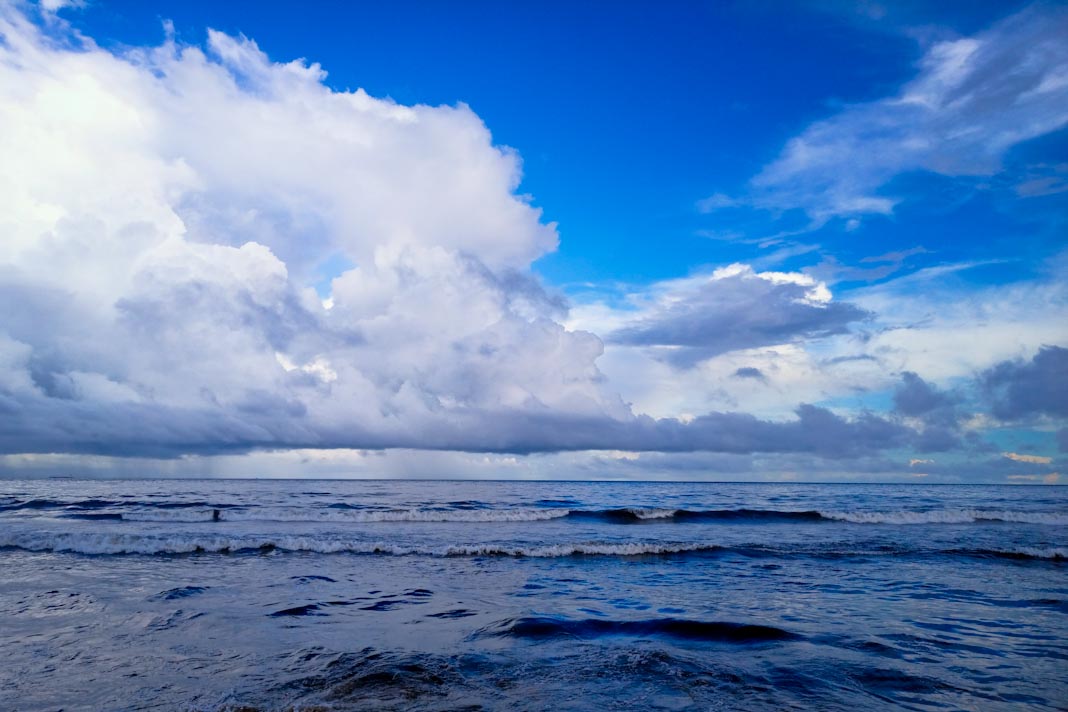The latest quarterly analysis from VesselBot, titled “Decoding Maritime Emissions, Q3 2025: Containership Emissions and Traffic on the Rise,” offers a comprehensive look at the containership fleet’s performance and operational dynamics amid complex regulatory and trade environments. The study analyzed 73,353 voyages by 4,750 vessels from July to September 2025.
Key Emissions and Efficiency Findings
- Emissions Stabilization Amid Traffic Growth: Total containership emissions in Q3 2025 reached 50.3 million tons, showing a minimal change compared to Q3 2024, despite a 2.3% increase in total voyages.
- Improved Emissions Intensity: The average well-to-wake emissions intensity improved year-over-year, dropping to 195.9 g CO2e/TEU km. This efficiency gain was primarily attributed to longer steaming times and reduced port dwell times.
- Vessel Size Efficiency Gap: There is a significant disparity in efficiency based on vessel size, which aggregated metrics often obscure:
- Feeder Vessels (up to 2,999 TEU) recorded the highest emissions intensity at 252.1 g CO2e/TEU km, completing 62.1% of all voyages but accounting for only 10.3% of total TEU km.
- Very Large Container Ships (VLCS) (at least 17,000 TEU) recorded the lowest intensity at 61.4 g CO2e/TEU km, completing just 2% of voyages but accounting for 17.2% of total TEU km.
Trade and Route Dynamics
- Trade Tensions and Routing: Direct China-U.S. voyages exhibited high volatility. They declined 3% in the first nine months of 2025 but saw a significant spike in July before dropping 10% in September. The complexity of routing is further impacted by China’s retaliatory port fees targeting U.S.-owned, operated, or built vessels.
- Route-Specific Performance: Analysis of major trade lanes highlights how average metrics can be misleading:
- Asia-Northern Europe voyages averaged an intensity of 55.3 g CO2e/TEU km and an extended duration of 30.6 days.
- In contrast, the industry-wide average steaming time was only 3.5 days, underscoring the performance variation between vessel deployment strategies.
Shipbuilding Origin and Deployment
- Chinese-Built Vessels: These vessels completed 36% of all Q3 voyages. Notably, 53.1% of the entire fleet under 5 years old originated from Chinese shipyards.
- South Korean-Built Vessels: These vessels carried out 24.6% of all Q3 voyages and accounted for 41.3% of all VLCS. Their voyages recorded the lowest aggregate emissions intensity at 152.7 g CO2e/TEU km, primarily due to their larger capacities and deployment on long-haul trade routes.
Regulatory Context
The report emphasizes that the regulatory environment is becoming more complex, citing the European Parliament’s rejection of the Omnibus simplification effort (which aimed to streamline the CSRD) and the IMO’s postponement of the Net-Zero Framework. With deadlines approaching for CBAM certification and Scope 3 reporting, VesselBot stresses that granular, voyage-level analysis is critical for stakeholders to navigate diverging compliance requirements and make strategic decisions in a carbon-constrained environment.
Did you subscribe to our daily Newsletter?
It’s Free Click here to Subscribe!
Source: EIN Press
















